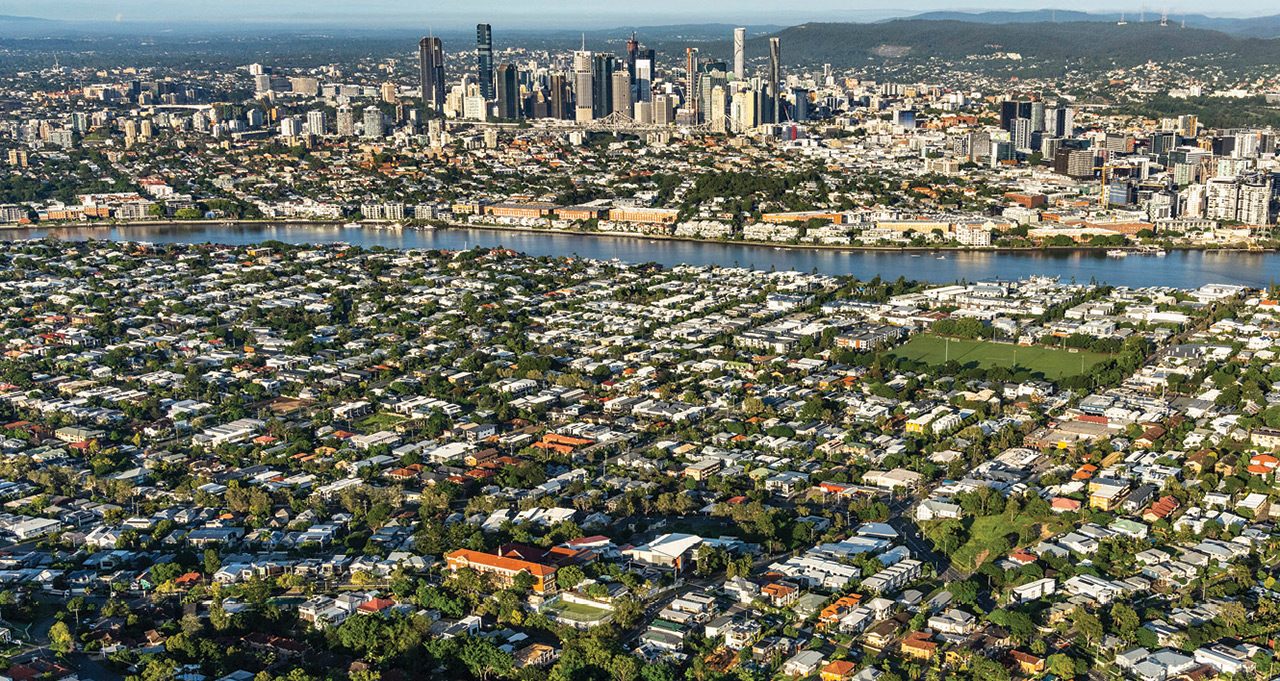This article is from the Australian Property Journal archive
AUSTRALIA’S housing market has tipped the $11 trillion mark for the first time – surging by $900 billion over the past 12 months, despite recent softening value growth in the face of new listings.
CoreLogic’s October Monthly Housing Chart Pack shows national home values rose by just 1.0% in the September quarter, the softest quarterly rise since March 2023.
The annual growth rate has also slowed to 6.7% from a high of 9.7% earlier in the year.
CoreLogic Australia economist Kaytlin Ezzy attributed the slowdown in price growth to increased listing volumes and more cautious buyer behaviour.
“While the market remains resilient in many areas, the pace of growth more broadly has clearly decelerated. Buyers and investors are becoming more cautious, and the current lending environment is leading to more measured purchasing decisions,” she said.
Figures show Perth values reached a new record high and experienced the highest annual growth of 24.1%, driven by sustained demand and limited supply. Sydney, Brisbane, and Adelaide dwelling values are also at record highs.
Brisbane recorded an annual increase of 14.5%, Adelaide values rose by 14.8% and Sydney values increased 4.5% in the 12 months to September.
Melbourne and Hobart recorded quarterly and annual dwelling declines and are 5.1% and 12.5% respectively below their record highs recorded in March 2022.
Regional housing markets experienced a quarterly increase of 1.0%, down from 2.3% in the three months to April, a similar deceleration to that seen in the capital cities.
Also impacting values has been a surge in new listing volumes, which rose 2.1% year-on-year in October 6th, marking the strongest start to the spring selling season since 2021, according to CoreLogic. September figures from PropTrack showed the highest volume of new listings for the month of September since 2015.
Total sales volumes, however, have declined slightly from the previous 12 months, though sales activity remains 10.5% higher than this time last year, according to CoreLogic.
“The year-on-year increase in new listing volumes will have contributed to a deceleration in value growth as the market absorbs the additional stock. The higher rate of sales indicates there’s still solid buyer demand despite changing market conditions,” Ezzy said.
Days on market has increased to 32 days in the three months to September, up from a low of 29 days in the June period. Longer selling times in Hobart (52 days), Darwin (49) and Canberra (45) are contributing to the increase.
Investors represent a significant proportion of the strong buyer demand, making up 38.6% of new loan commitments, the highest share since 2017.
“As we move through spring, we’re likely to see further moderation in value growth as new listings continue to rise, providing some relief for buyers who have faced intense competition over the past year,” Ezzy said.
A new leading indicators index devised by Capital Economics that combines several factors to capture the balance of supply and demand in Australia’s housing market this week suggested that house price growth will continue to slow over the coming months.
Vendor discounting remained steady at -3.7%, reflecting market conditions and a vendor’s requirement to negotiate to secure a sale.
National rental growth is also slowing, with the increase in investors as well as different house formation, helping drive a rebalance of supply and demand.
Rents rose by 0.1% over the quarter, the lowest rate in four years. Gross rental yields have compressed to 3.68%, down from 4.1% a year earlier, indicating affordability constraints for tenants.
Ezzy said the high investor activity is likely due to a combination of factors, including perceived opportunities for capital gains and tighter rental market conditions driving potential yield growth.
Domain’s chief of research and economics, Nicola Powell, told Australian Property Journal that investors are chasing capital growth, and they’re “probably being activated as well by the increased likelihood of the Reserve Bank moving on interest rates – so they’re almost trying to make that purchase before the RBA starts on their rate-cutting cycle, because they will know that once we start to see rate cuts, that will likely spark housing activity and create additional momentum in our housing market”.
Ezzy said some investors are also recognising the potential for long-term rental income growth, even as rental yields compress.
“The increase in available stock is also providing more opportunities for investors to enter the market, which wasn’t the case during last year’s constrained conditions,” she said.
“However, this trend could intensify competition for other buyer groups, such as first-home buyers, who remain active in the market. This increased investor activity could place further pressure on already limited supply levels, particularly in capital cities.”




